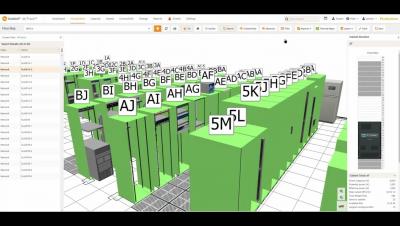Data Center Power Chains: AC vs. DC
In a data center, the power chain is the sequence of infrastructure equipment that distributes power from its source all the way to the IT devices. Most data centers use alternating current (AC) power, though telecommunications companies typically use direct current (DC) power. There are pros and cons to each, and they require different equipment.




